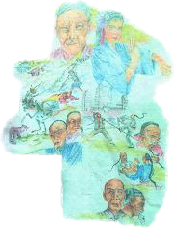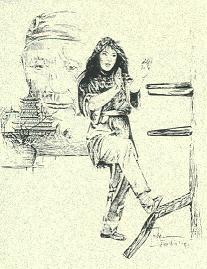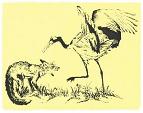



 Home
ABOUT
GALLERY
Members
FAQ
CONTACT
Home
ABOUT
GALLERY
Members
FAQ
CONTACT
™



Historical account of Wing Chun:
The origins of Wing Chun Gung Fu which began nearly 300 years ago were never recorded, therefore several different versions of its history exist. Ip Man, the man most responsible for making Wing Chun accessible and known throughout the world, has disseminated the most widely accepted account of Wing Chun’s history:
The Ching Dynasty in the 1700’s was a turbulent and occasionally
harsh time in China's history. The Manchurian rulers of the Ching Dynasty
tried to maintain their control by oppressing any of the traditional
Han Chinese people who attempted to stand up for their rights and
their freedom.
The Shaolin Temple is a Buddhist monastery located in central China. The monks
who study there not only trained in martial arts to forge a strong body, spirit, and
mind, but they also trained to help defend themselves against the soldiers of the
oppressive government. As a student of Shaolin, it was normal for an individual to require
years of training to fully learn a particular style in order to be effective against an armed soldier.
Quite often, students would be killed or arrested before they were proficient enough to defend
themselves. Therefore, a group of senior abbots began to discuss and develop new methods
and techniques which would drastically reduce the time necessary for the monks to acquire the requisite knowledge and skills for survival.
Prior to the development of this new style of martial arts, a traitor within
the temple tipped off the government about the ongoing resistance activities. Government
forces ransacked the temple and burned it down, killing all but 5 Masters who were
able to escape. One of these five Buddhist monks was a nun named Ng Mui. She fled
to the south and continued developing the idea of a more efficient and effective
style of martial arts. Her great revelation came when she witnessed a battle between
a fox and a crane. The flash of inspiration was not the techniques used by the two
animals,
but rather the fighting principles that were employed by each combatant. Ng Mui
observed the inherent principles of the movements, and thus, the foundation was
established for her to develop what eventually evolved into Wing Chun Gung Fu.
Years later, Ng Mui learned of a bully trying to take advantage of a young woman
that she had known. Ng Mui convinced the bully to let this young woman train with her
for a year, then if he could beat her in a fight he would be allowed to
marry her. After training in seclusion for a year, the smaller, weaker young lady
easily defeated the bully in 3 separate fights. Her name was Yim Wing Chun. She
went on to marry the man she was originally betrothed to, Leung Bok Chau, and
subsequently taught him this new style that was named after her.
Leung Bok Chau taught Wong Wah Bo (aka Leung Yee Tai). Leung Yee Tai
taught his nephew Leung Jan, a well known physician and herbalist in Fatshan.
Leung Jan had only 3 students, 2 of which became the teachers of the legendary
Great Grandmaster Ip Man. Chan Wah Shun became Ip Man’s sifu in Fatshan.
Then while attending secondary school in Hong Kong as a teenager, Ip Man had
a chance encounter with Leung Bik, one of Leung Jan’s sons & students. Leung
Bik taught Ip Man the remainder of the system and completed his mastery in the
art of Wing Chun Gung Fu. Ip Man subsequently passed on all his knowledge and
skills to Grandmaster Ip Ching, who passed on the same to his personal disciple,
Keith Worfel.
About...